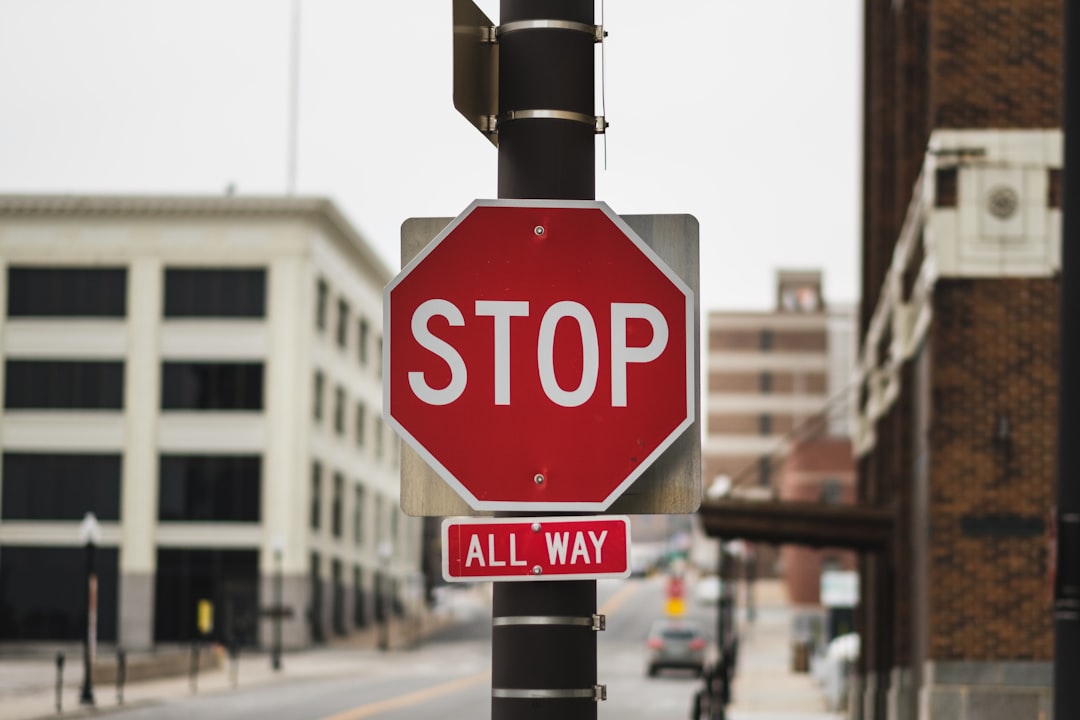Inside this article:

Strategic Maneuvering
When you drive a car, you need to be aware of what is happening around you, and how to react when things go wrong. This includes knowing where to look for traffic signs, and how to avoid accidents. To become a better driver, you should practice strategic maneuvering, which means learning about the road ahead of you, and planning your route accordingly.
Comprehensive Parking
When you drive a car, you need to be aware of traffic rules and regulations. If you don’t know how to drive, then you should learn from a professional driver. Driving lessons are available at various locations around the world. You can also find out more information on parking laws in New York City online.
If you have been charged with DWI or other alcohol-related offenses, it’s important that you hire an experienced attorney who will fight for your rights.
3 Point Turns
The three point turns are a great way to improve your driving skills. These maneuvers help you avoid accidents and keep you safe while driving. They also help you learn how to control your car when making sharp turns.
Left/Right Turns
The left turn signal improves driving skills because it allows drivers to change lanes safely. However, right turns are safer because they allow drivers to avoid accidents when turning into traffic.
Road Scanning
Road scanning improves driving skills because it helps drivers to focus on what they should be doing while driving. The best way to learn how to drive is to practice driving on different roads and highways. Driving is a skill that takes time to master.
Acceleration
Acceleration improves driving skills by making the car go faster. When you accelerate, the engine speed increases, which makes the car go faster. The acceleration pedal is located at the floorboard of the driver’s seat.
Deceleration
Driving skill deceleration improves driving safety and reduces accidents. The National Highway Traffic Safety Administration has found that drivers who brake for pedestrians at least once per month are less likely to be involved in pedestrian crashes.
Where are Blind Spots
Blind spots are areas where drivers cannot see what is behind them. They are caused by poor vision, bad eyesight, or simply lack of awareness. The best way to avoid blind spots is to use mirrors to check for traffic and other vehicles. Also, be aware of your surroundings when driving at night.
Intersection Rules
Driving is one of the most dangerous activities we do on a daily basis. The problem is that many drivers don’t know how to drive safely, and they often end up causing accidents. There are some rules that help drivers avoid getting into car accidents. These rules include: keep your eyes on the road at all times; be aware of other cars around you; stay calm when making decisions; and never drink alcohol while driving.
How to Signal
Signaling is a technique used to communicate information between drivers and other road users. This includes using hand signals, lights, and sounds to alert others about your intentions. The best way to signal is to use your turn signals when changing lanes, turning, or merging into traffic. If you do not signal, you may be fined up to $500.
- Practice with mirrors and cones.
When practicing for a race, it is important to practice with mirrors and cones. This will help you learn how to position yourself correctly during the race.
- Use hand signals when you’re on the road.
Hand signals are great for communicating with other drivers while driving. They are also useful for pedestrians who may be crossing the road. When using hand signals, use them at least 100 feet away from any vehicle.
- When you’re stopped in traffic, signal before moving forward.
If you are driving in heavy traffic, you should always give way for cars coming from behind you. This is called yielding, and it’s important to do it correctly. Yield means giving up your right of way, which means letting other drivers pass you. The rule of thumb is to yield when you are approaching a red light, and to let others go first at green lights.
- If you have trouble signaling, pull over to the side of the road.
Pulling over to the side of a busy highway is dangerous for several reasons. First, you may be hit from behind by another car. Second, you could cause an accident by blocking traffic. Third, you could be killed by a drunk driver who has been drinking alcohol. Fourth, you could be injured by falling off your motorcycle. Fifth, you could be arrested for DUI. Sixth, you could lose your license. Seventh, you could be
Changing Road Conditions
The road conditions may change at any moment. If you want to avoid accidents, you should be aware of what is happening around you. Keep your eyes open for pedestrians, animals, vehicles, and other obstacles. Be careful when driving through intersections, especially during rush hour.
1. Change your tires
Tires are the only thing that connects your car to the road. When they wear out, they can cause problems like uneven braking, steering, and handling. If you notice any of these symptoms, it’s time to change your tires.
2. Check your brakes
Brakes should work smoothly and evenly. If they don’t, check them for proper alignment. Brake pads need to make contact with the brake rotor at all times. If this doesn’t happen, the pad may not be making enough friction with the rotor.
3. Adjust your suspension
If your vehicle has adjustable shocks, springs, or struts, adjust them to suit your needs. You want your ride to be comfortable, but not too soft or stiff.
– Avoiding accidents by driving defensively.
Driving defensively means taking care when driving, such as avoiding speeding, aggressive driving, and other risky behaviors. Defensive driving also includes obeying traffic laws, using seat belts, and wearing protective gear such as helmets and glasses.
– Driving slowly in wet conditions.
If you drive slowly in wet conditions, you may be able to avoid hydroplaning. Hydroplaning occurs when water gets under the car’s tires, causing them to lose traction. This causes the vehicle to slide sideways, which makes it difficult for the driver to control. To prevent hydroplaning, slow down until the road surface has dried out.
– Using cruise control when possible.
Cruise control is a feature found on some cars that allows drivers to set a speed limit for themselves. This means that they can drive at any speed up to the set limit, which helps reduce stress while driving. If you’re stuck behind someone who is going too fast, cruise control will allow you to maintain a safe distance from them.
– Checking tire pressure before you leave home.
Check your tires’ air pressure before leaving home. If you don’t know how much pressure to use, check the manufacturer’s website for recommended pressures. Make sure you keep track of when you last checked them, and be sure to do it again before you go out on the road.
Handling Road Rage
Driving is one of the most dangerous activities we do on a daily basis. The statistics show that road rage incidents happen at least once per week, and they are becoming increasingly common. If you want to avoid getting into a car accident, then you need to learn how to handle road rage. Here are some tips for handling road rage:
1. Don’t be afraid to speak up.
You might think that speaking up about road rage would just escalate things further, but it actually calms people down. It shows that you are willing to stand up against aggression. If you see someone being aggressive towards another person, ask if you can help. Then, try to defuse the situation.
2. Be aware of your surroundings.
When you are driving, always look around you. Keep an eye out for cars coming toward you from either side. Also, watch out for pedestrians crossing the street. If you notice something happening ahead of you, pull over immediately.
3. Slow down.
When you are driving, never exceed the posted speed limits. Slowing down will give you more time to react to situations. Try to get off the highway whenever possible.
4. Stay calm.
Don’t let road rage affect your emotions. Instead, stay focused on what you have to do. Being angry won’t make the situation better. In fact, it could cause you to act rashly.
5. Get away from the aggressor.
Try to find a place where you can safely pull over. You should not confront the aggressor directly. However, you can tell him or her to stop following you. If the other person refuses to comply with this request, call the police.
6. Let others know what happened.
After you have pulled over, talk to the other driver. Tell them why you were pulling over. Explain what happened. If there was no reason for the incident, apologize. If you feel like you were wronged, you should file a complaint.
7. Take care of yourself.
If you feel stressed after dealing with road rage, take a break. Go for a walk, eat something healthy, or even sleep in a different bed.






